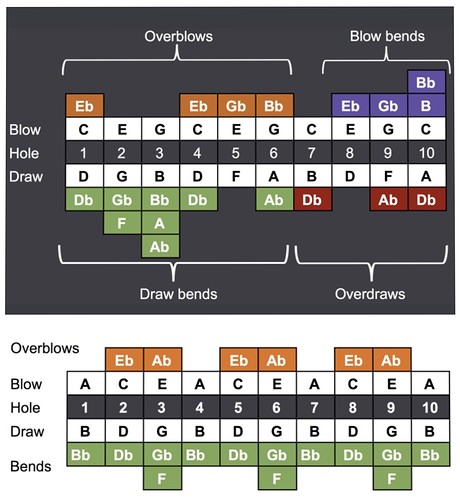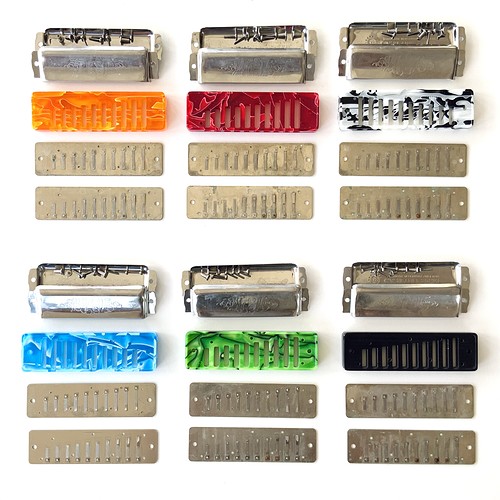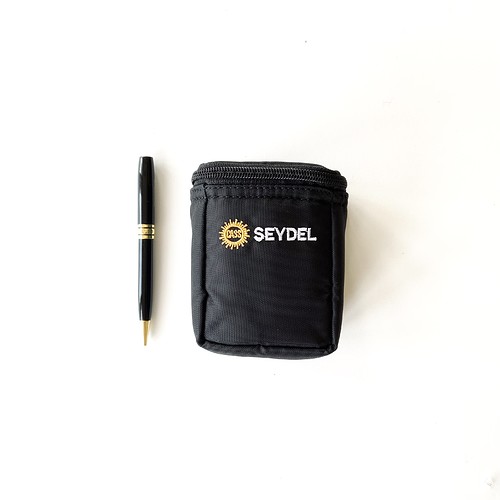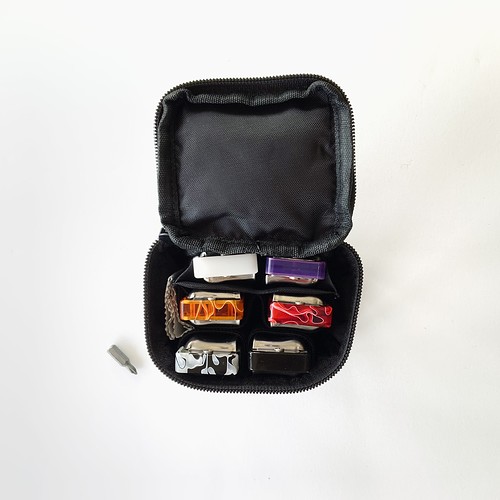Welcome to the exciting rabbit hole of alternate tuned harmonicas!
OK, so besides regular tuned harmonicas, I have lot of experience playing the NATURAL MINOR harmonicas.
Of course, I’m a Lee Oskar guy right now so I’m playing LO’s, but Hohner also makes NATURAL MINORS. These tunings are so great not only for playing minor blues, but also for playing harmonica with a lot of Reggae, Hip Hop, Pop, and Latin music, to name a few, that are in minor keys. You can hear me playing one on a hip hop track here.
You can ask @brodie how much fun they are. He just got his first Am, which is the first key I recommend trying. These harps are labeled in 2nd position. So an Am harmonica is in a comparable register to a standard D harmonica but is tuned so that when you draw it’s an Am chord (rather than an A) and when you blow it’s a Dm chord (rather than a D.)
Another very popular harmonica tuning is Brendan Power’S PADDY RICHTER, which is similar to Lee Oskar MELODY MAKER The feature that these tunings share is the blow 3 is a whole step higher. This tuning is absolutely FANTASTIC for country, Celtic, and many other styles.
For BP’s Paddy Richter Tuning, that’s the only difference between it and standard.
The Lee Oskar MELODY MAKER takes it a step further and also raises the -5 and -9 a half-step. These changes enable you to play a major scale in 2nd position without having to do the bends and overblows you’d have to do to otherwise achieve the same scale.
Any song that you’re soloing for a long time over the V chord, it’s so nice to have that 3 instead of having to do the difficult -3". And on the MELODY MAKER it’s nice to have the -5 as well. And, of course you can still bend down the -5 a half-step to get the blue note that you get on a -5 in 2nd position normally. I recently played one on a song for the Dan Horne band that will be released soon, and I’ll post a link once it’s released.
But, as Lee Oskar states on their website, MELODY MAKER’s are not ideal for blues.
Lee Oskar also makes a HARMONIC MINOR which is labeled in 1st position key, and has a more eastern, mystical quality to it. I love it, but hit it has rare applications in western music (I’ve never used mine on a gig or recording session to date.) Check out JP Allen shredding one here.
Brendan Power makes several other tunings. The POWERBENDER looks so fascinating to me. I haven’t played one yet, but it’s tuned where the top half is like the bottom half where the draws are higher than the blows. I can’t wait to try one of these! @slim do you have one of these? Brendan Power says it’s the main tuning he plays. 10 reeds’ tunings have changed. Every single draw note bends on the harmonica. You can see Brendan. demonstrate it here.
I’m a little confused on the difference between the POWERBENDER and the POWERDRAW. I want to get them both and check them out. You can see Brendan Power playing the POWERDRAW here.
Also from Brendan Power’s website, here is a list of various tunings so you can see them all next to each other and compare the differences.
You can see from this chart that there are many other tunings I haven’t explored that are mentioned here. So what about you? What tunings have you explored? What are your favorites?
Aloha,
Luke



 As of the date of this writing, this harmonica player has not yet learned overblows!
As of the date of this writing, this harmonica player has not yet learned overblows!
 – but I keep trying in the hope that someday something wonderful will happen!
– but I keep trying in the hope that someday something wonderful will happen! 
 Most of my favorite harp players I grew up listening to don’t use overblows (with the notable exception of harmonica overblow and overdraw master Howard Levy, of course.) So I don’t really sweat it too much.
Most of my favorite harp players I grew up listening to don’t use overblows (with the notable exception of harmonica overblow and overdraw master Howard Levy, of course.) So I don’t really sweat it too much.

 and great wines!!
and great wines!! 




